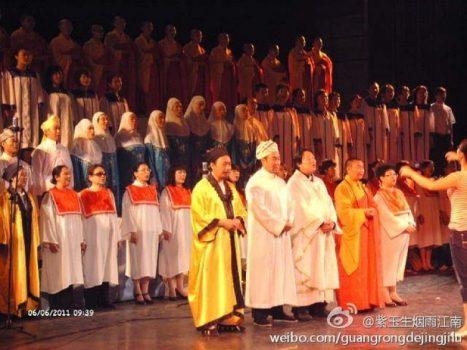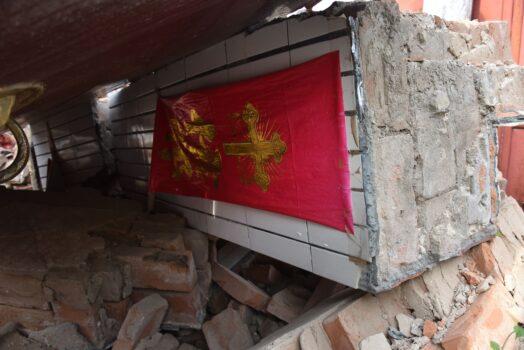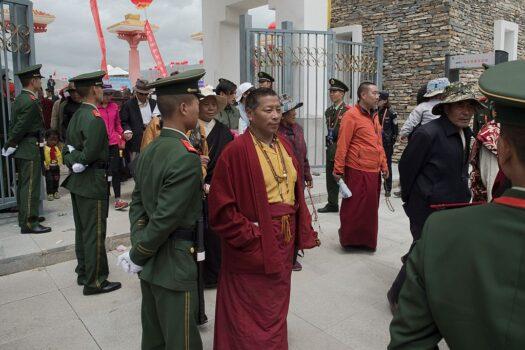Religious Believers Must Be Patriotic and Loyal to the CCP
The seven religious organizations, each with its own nationwide network of subsidiaries, are the Buddhist Association of China, the Chinese Taoist Association, the Chinese Catholic Patriotic Association, the Bishops’ Conference of the Catholic Church in China, the Protestant Three-Self Patriotic Movement, China Christian Council, and the Islamic Association of China.The United Front Work Department and the State Administration for Religious Affairs supervise these seven religious organizations. Their bylaws state that they are “patriotic religious organizations,” whose express purpose is to “unite and guide” members of their respective religious communities to “support the leadership of the Chinese Communist Party and the socialist system,” according to USCIRF factsheet.

“Patriotic,” the factsheet explains, is a euphemism for political loyalty to the CCP.
The CCP uses religious organizations “as a means to a political end,” the factsheet says, not out of any genuine interest in promoting freedom of religion. Supporting the CCP’s leadership comes first, as defined by a set of rules and regulations called “Measures on the Administration of Religious Groups.” These rules stipulate that “political reliability” is required for leadership positions within the religious organizations, which in turn must “support and promote the CCP’s leadership and its political views.”
Sinicization of Religion
A major theme of the factsheet is the term “sinicization of religion.” As used by the CCP, “sinicization” refers to the process of aligning religious beliefs and faiths with Chinese communist ideology.A common theme of these plans is the effort to “sinicize the interpretation of religious doctrines, sermons, rituals, and architectural styles of places of worship in order to conform to the CCP’s ideological and policy requirements,” the factsheet says.
State-controlled religious organizations have been involved in altering, censoring, and controlling the content of religious texts such as the Bible and the Qur’an, as well as doctrines, sermons, and hymns, to ensure their alignment with the CCP’s interpretation of religion, policy, and political objectives.

They have also been involved in the CCP'S efforts to demolish, remove, or modify places of worship, architectural styles, and religious symbols that are “too foreign or insufficiently sinicized.”
Persecution in Xinjiang and Tibet
Under the CCP’s policies, religious believers who do not bow down to its ideological control are severely persecuted. The Uyghurs and Tibetans have been subjected to particularly harsh treatment.Sinicization campaigns include the arbitrary and extrajudicial detention of millions of Uyghurs in concentration camps in Xinjiang. In Tibet, it includes forcing Tibetan Buddhists to renounce the Dalai Lama and interfering in the selection process of their leaders.
The CCP considers its authority to extend even to the centuries-old tradition of reincarnation, which is central to the selection of Tibetan religious leaders. State-issued “Measures for the Administration of the Reincarnation of Living Tibetan Buddhism” set out the CCP’s role in selecting the next leader of Tibetan Buddhism.

The factsheet cites the state-sponsored kidnapping of the 11th Panchen Lama. The Panchen Lama is considered to be the second most important spiritual leader in Tibetan Buddhism, second only to the Dalai Lama. After the death of the 10th Panchen Lama in 1995, the Dalai Lama recognized six-year-old Gedhun Choekyi Nyima as his reincarnation. Three days later the child was abducted along with his family, and has not been seen since. The CCP then made its own choice for Panchen Lama, a state-controlled figure who actively endorses the CCP and its sinicization policy in Tibet.




